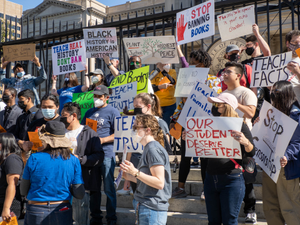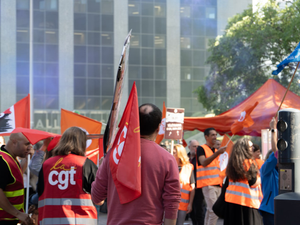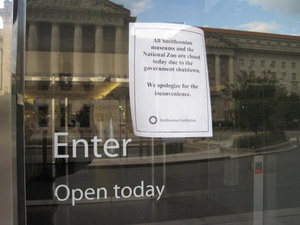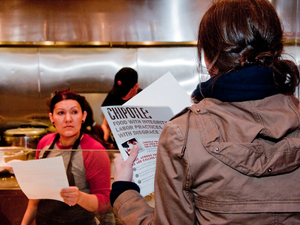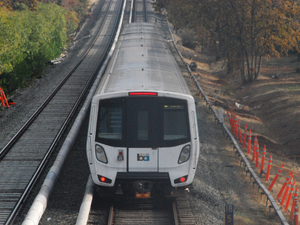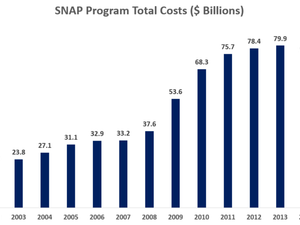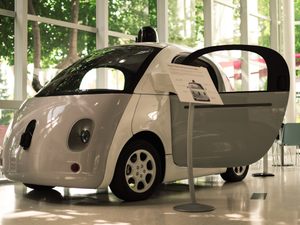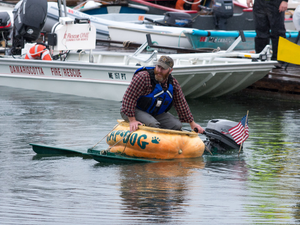Food Waste Is Filling the Hunger Gap in California — But For How Long?
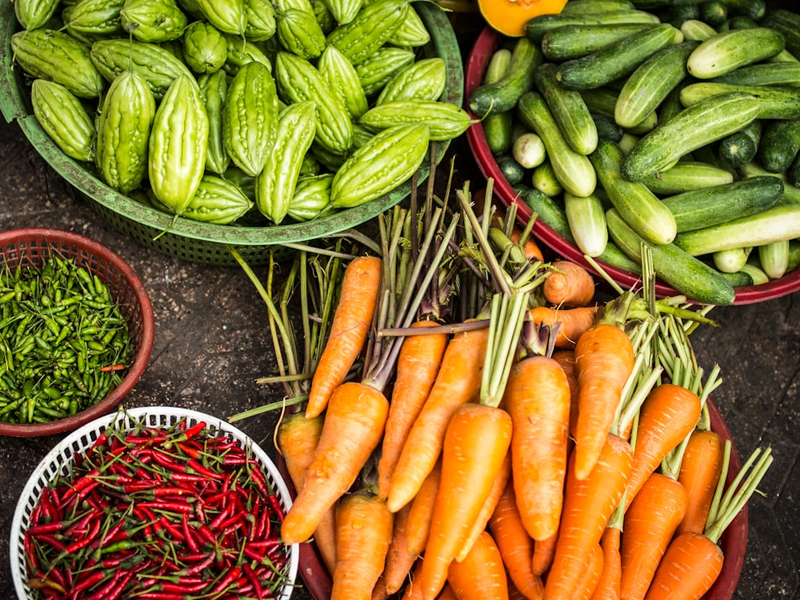
Photo by Megan Thomas on Unsplash
In the heart of Berkeley, a small miracle is happening every day. As food prices soar and federal nutrition programs face unprecedented cuts, local food banks are turning to an innovative solution: rescuing food that would otherwise end up in landfills.
The Berkeley Food Network, one of Alameda County’s largest food aid organizations, now serves up to 700 households monthly , nearly double its previous year’s numbers. These aren’t just unemployed individuals, but often the “working poor” , people employed full-time who still can’t afford basic groceries.
California has become a national leader in food recovery through Senate Bill 1383, which requires businesses to donate surplus food or face potential fines. Since 2022, this legislation has helped recover 700 million unsold meals, redirecting high-quality produce from grocery stores, restaurants, and school districts directly to those in need.
However, the system isn’t without challenges. The state hasn’t provided adequate funding to support the infrastructure needed for food recovery. Organizations like White Pony Express, which processes nearly 14,000 pounds of perishable food daily, are feeling the strain of budget cuts and limited resources.
Beyond addressing hunger, food recovery is also a critical climate solution. When food rots in landfills, it emits methane , a greenhouse gas more potent than carbon dioxide. By redirecting surplus food, these organizations are simultaneously feeding communities and reducing environmental impact.
As federal funding continues to fluctuate and food insecurity rises, particularly among Black and Latino households, these food recovery efforts represent a lifeline. Local leaders remain cautiously optimistic, with Will Dittmar of the California Food Recovery Coalition emphasizing the need for continued innovation and collaborative approaches.
The current food recovery system is holding steady, but its long-term sustainability remains uncertain. What is clear is the urgent need to support these critical networks that bridge the gap between waste and nutrition for thousands of Californians.
AUTHOR: mei
SOURCE: Local News Matters


